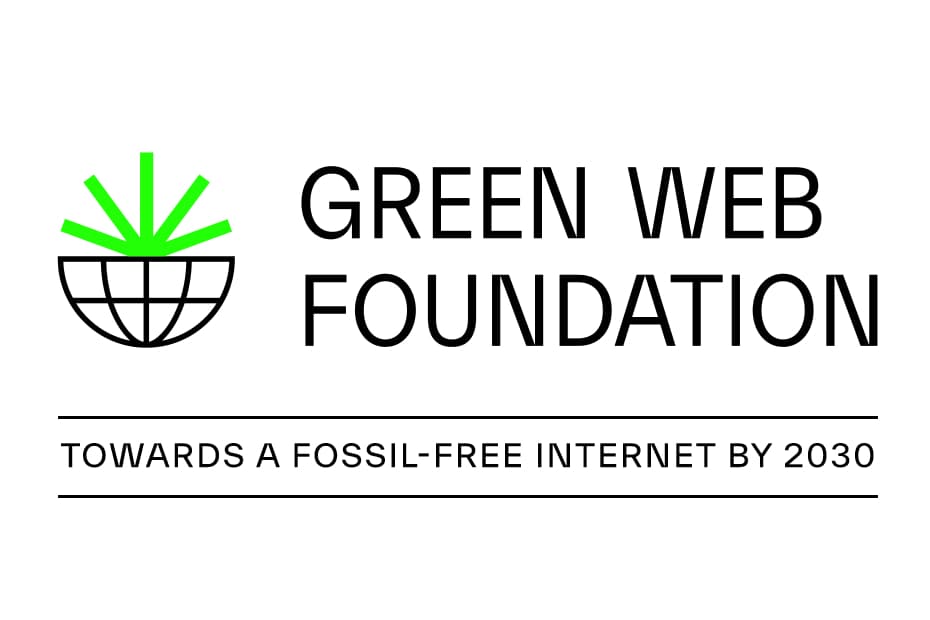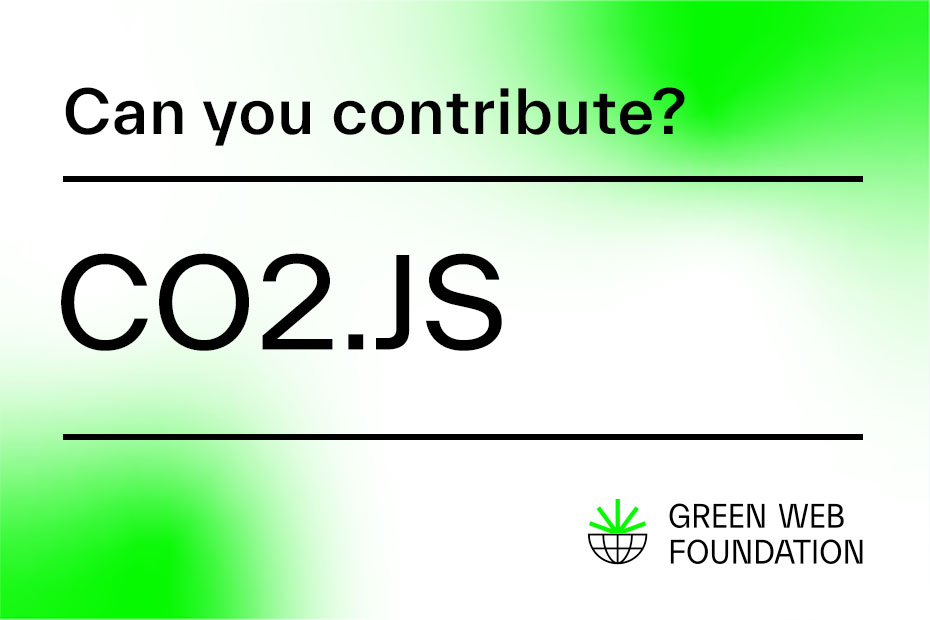CO2.js v0.13.0 brings the latest average grid intensity data from Ember into the library. It also expands the number of countries for which average grid intensity data is available.
Updated average grid intensity data
CO2.js v0.13.0 introduces average grid intensity data for the 2022 calendar year for some countries. In keeping with previous releases, data is sourced from Ember.
At the time of this release, 2022 calendar year data is available for 78 countries & 11 regions. You can use the interactive table to filter the data available in CO2.js by year.
Above – interactive table to filter the data available in CO2.js by year
Update 2023/07/29 – As of v0.13.5, we are now fetching the latest data from Ember each month.
Average grid intensity available for more countries
As part of the data update in v0.13.0, we have also made some changes under the hood which affect how we source average grid intensity data from Ember. As a result, it has become easier for us to provide the latest available average grid intensity data for a given country within CO2.js.
In previous versions of CO2.js, average grid intensity data was available for just 75 countries and 11 regions. From v0.13.0 forwards, developers will have access to data for 209 countries and 12 regions.
The changes we have made also make it easier to update data in the future, and paves the way for automating this process. In doing so, we hope to provide developers a consistent means of working with the latest, most reliable grid intensity data available.
You can find details of every release for CO2.js on GitHub, where you’ll also be able find the changelog for this project.
If you are using CO2.js in production then The Green Web Foundation would love to hear from you! Use the contact form on the website to get in touch.



